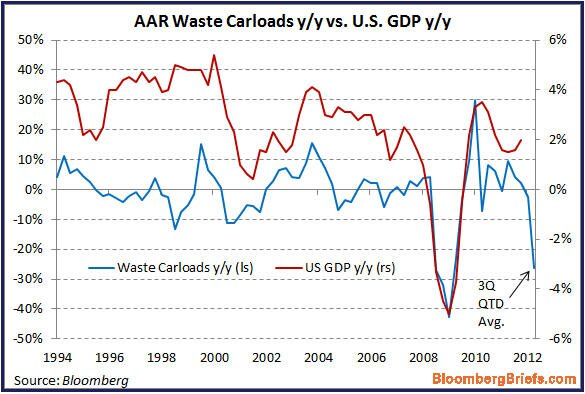London Gold Market Report
from Ben Traynor
BullionVault
Tuesday 21 August 2012, 07:15 EDT
SPOT MARKET prices to buy silver rose to their highest level in two months Tuesday, hitting $29.09 per ounce– 3.5% up on last week’s close – after extending gains from yesterday’s trading.
“This changes [silver’s] posture to bullish,” says the latest technical analysis note from bullion bank Scotia Mocatta.
“There was congestion in the $28.00 area and this should provide some support, while the next target is the $29.90 high from June.”
Dollar gold prices meantime climbed to their highest level so far this month this morning, hitting $1626 per ounce.
By contrast, the gold price in Euros traded lower, falling to €42,069 per kilo (€1308 per ounce), just below last week’s close, as the Euro extended gains against the Dollar to breach $1.24.
Stocks and commodities also traded higher, while US, UK and German government bond prices fell, following fresh reports that Eurozone policymakers are looking at ways of limiting the borrowing costs faced by struggling single currency members.
European Central Bank president Mario Draghi has received the backing of fellow ECB Executive Board member Joerg Asmussen, who tells Germany’s Frankfurter Rundschau that a new program to buy Eurozone government bonds will be “better designed” than previous ECB interventions.
“A currency can only be stable if its future existence is not in doubt,” says Asmussen.
“We operate within our mandate, which is primarily aimed at guaranteeing price stability in the medium term for the entire Euro area.”
Britain’s Telegraph newspaper meantime says it can “confirm reports” from Germany’s Der Spiegel that ECB staff are studying plans to put a limit on Italian and Spanish sovereign bond yields.
“[Asmussen’s] choice of wording is crucial,” says the Telegraph’s Ambrose Evans-Pritchard.
“If it can be shown that the ECB is acting to avert [Eurozone] break-up – known as “convertibility risk” – bond purchases would no longer be deemed a bail-out for Italy and Spain.”
Spain successfully auctioned €4.5 billion of 12- and 18-month debt Tuesday, at lower borrowing costs than those faced at similar auctions last month.
Elsewhere in Europe, Jean-Claude Juncker, who heads the Eurogroup of single currency finance ministers, is due to visit Athens tomorrow to discuss Greece’s request for an extension on its austerity program.
“The market focus is on the meetings that are happening in and around Greece and the key question is whether or not they allow an extension to the fiscal adjustment program,” says Geoff Kendrick, head of European currency strategy at Nomura in London.
The adjustment required from struggling European nations “is at best only half complete”, according to a report published by Moody’s this week.
China’s central bank meantime injected 220 billion Yuan into the financial system Tuesday, although borrowing costs still ticked higher, Bloomberg and Reuters report.
The People’s Bank of China used so-called reverse repos, exchanging its cash for borrowers’ securities for an agreed period, in an effort to boost current levels of market liquidity. The use of reverse repos is an alternative to cutting interest rates or the reserve requirement ratio, the proportion of their assets institutions are required to hold as reserves.
“The market demand is quite large,” one Shanghai trader told Reuters this morning.
“Monday’s demand was really heavy. The central bank’s action today basically just satisfied current demand, but didn’t in any way exceed it in a way that would bring rates down.”
“We still expect a reserve requirement cut,” adds Dariusz Kowalczyk, Hong Kong-based strategist at Credit Agricole.
Chinese platinum imports doubled last in July compared to a year earlier, while imports of silver bullion fell by 4%, Reuters reports, citing customs data.
Gold value calculator | Buy gold online at live prices
Editor of Gold News, the analysis and investment research site from world-leading gold ownership service BullionVault, Ben Traynor was formerly editor of the Fleet Street Letter, the UK’s longest-running investment letter. A Cambridge economics graduate, he is a professional writer and editor with a specialist interest in monetary economics.
(c) BullionVault 2011
Please Note: This article is to inform your thinking, not lead it. Only you can decide the best place for your money, and any decision you make will put your money at risk. Information or data included here may have already been overtaken by events – and must be verified elsewhere – should you choose to act on it.












